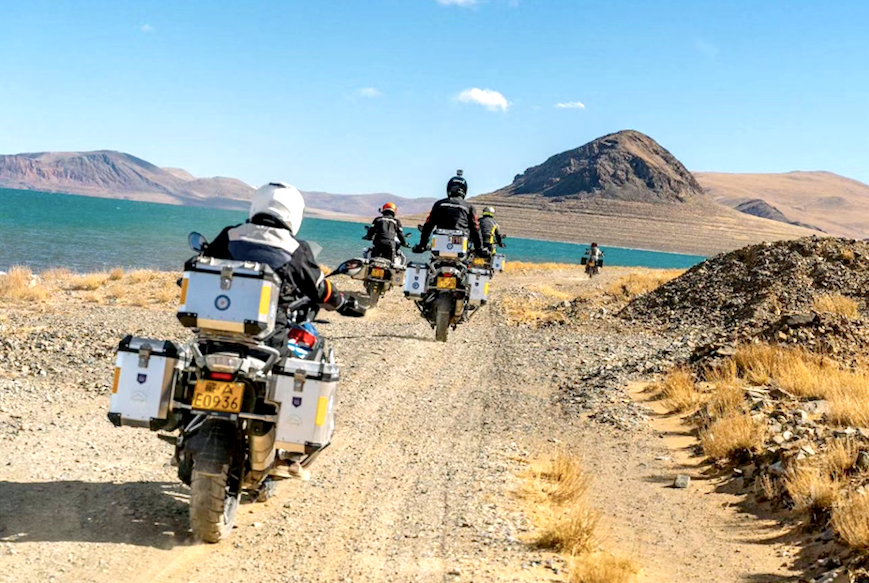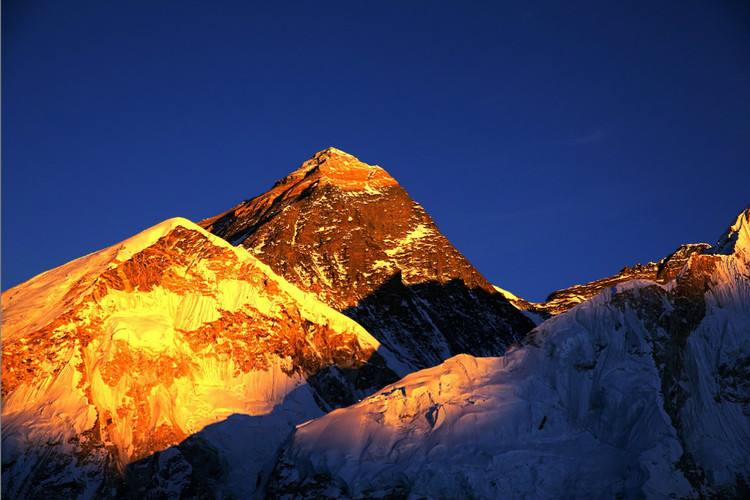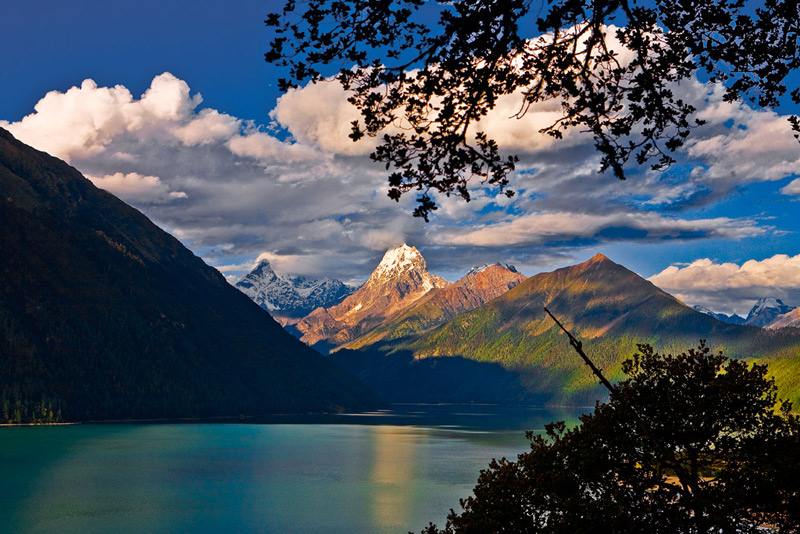Tibet
Tibet, Lhasa, the capital of Tibet Autonomous Region, is located in the southwest border of the people’s Republic of China. It is one of the five ethnic autonomous regions in China. Tibet is located in the southwest of the Qinghai Tibet Plateau, with an average altitude of more than 4000 meters and a land area of 120218947.91 hectares, accounting for about 1 / 8 of the total area of the country, with a permanent population of 3.4382 million at the end of 2018. Tibet borders Xinjiang in the north, Sichuan in the East, Qinghai in the northeast and Yunnan in the southeast; it borders Myanmar, India, Bhutan, Nepal, Kashmir and other countries and regions, with a land boundary of more than 4000 kilometers. It is an important gateway to southwest China. The general terrain of the Qinghai Tibet Plateau inclines from northwest to Southeast, with complex and diverse topography and thousands of sceneries. There are high and winding mountains, steep and deep gullies, glaciers, bare stones, Gobi and other geomorphic types. There are a wide variety of exotic flowers, grasses and rare wild animals in the cold Zone, temperate zone, subtropical zone and tropical zone, as well as “four seasons in one mountain” and “ten li differences” in the vertical distribution The natural wonders of heaven. The landform can be roughly divided into Himalayas, valleys in southern Tibet, plateaus in northern Tibet and alpine valleys in eastern Tibet. The Qinghai Tibet Plateau is the plateau with the latest uplift, the largest area and the highest altitude in the world, so it is called the “roof of the world” and regarded as the “third pole of the earth” outside the Antarctic and the Arctic.





